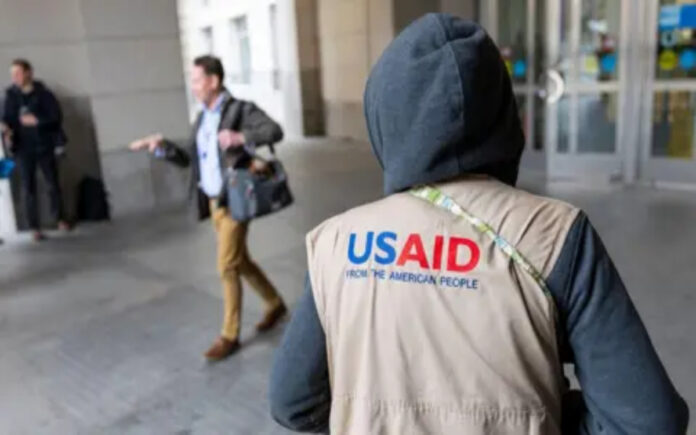Washington: The U.S. State Department’s Bureau of Population, Refugees and Migration (PRM), which typically focuses on refugee issues and curbing illegal migration, is set to take over the U.S. government’s international disaster response operations—responsibilities previously handled by the U.S. Agency for International Development (USAID), according to excerpts from a confidential internal cable reviewed by Reuters.
The internal cable, an ALDAC (All Diplomatic and Consular Posts) sent this week to U.S. embassies and diplomatic missions worldwide, outlines the shift in responsibility from USAID to PRM. Under this new structure, all U.S. missions overseas are instructed to coordinate with PRM regarding foreign disaster declarations.
“With approval from PRM based on established criteria for international disaster assistance, up to $100,000 can be issued to support the initial response,” the cable stated. “Additional resources may be forthcoming based on established humanitarian need” and in coordination with other State Department offices.
Despite the formal move, multiple experts have raised serious concerns about PRM’s readiness and capability to manage large-scale disaster response operations. A source familiar with the matter, speaking anonymously, confirmed the authenticity of the cable excerpts and noted that only about 20 specialists from USAID’s Bureau of Humanitarian Assistance and the Office of U.S. Foreign Disaster Relief—out of an original team of around 525—are being transferred to PRM. The source emphasized that PRM’s leadership “has no concept of how to” conduct major disaster responses.
“They do not understand disaster response,” said the source.
Jeremy Konyndyk, president of Refugees International and a former director of USAID’s foreign disaster relief office, echoed these concerns: “It’s a joke. It’s ridiculous,” he said. “PRM is not an operational entity. They do important stuff but this is not what they do.”
Critics argue that USAID’s sidelining is part of a broader effort by U.S. President Donald Trump to shrink the federal government, an initiative reportedly overseen in part by billionaire Elon Musk. The result, they say, has been the systematic dismantling of USAID’s operational capacity—culminating in a delayed and underwhelming U.S. response to the powerful earthquake in Myanmar on March 25.
In past years, the U.S. has deployed some of the world’s most skilled disaster response teams, including the highly regarded Disaster Assistance Response Teams (DARTs), to quickly provide aid in the wake of tsunamis, earthquakes, and other emergencies. According to Konyndyk, the transition to PRM severely hampers the ability to mount such operations.
“The mechanics of how DARTs work cannot be replicated in PRM,” he warned. “They are just trying to create a Potemkin DART.”
U.S. Secretary of State Marco Rubio has dismissed criticism of the administration’s handling of the Myanmar earthquake. He defended the government’s response, citing the country’s difficult operating environment under a hostile military junta. He also pointed out that the United States has been the largest contributor of international humanitarian aid.
Also Read | Gunbattle Erupts in J&K’s Kishtwar; Multiple Terrorists Cornered
The internal cable also noted that in case of future overseas disasters, PRM may request assistance from what remains of USAID’s Bureau of Humanitarian Assistance to “provide the most efficient and effective response.”
Experts remain skeptical that such a stripped-down structure can deliver meaningful aid in times of crisis. The broader overhaul of USAID has reportedly led to thousands of contractors being dismissed, nearly all of its 10,000 personnel placed on administrative leave with possible termination, and billions of dollars in global aid programs canceled—affecting tens of millions of people around the world.



